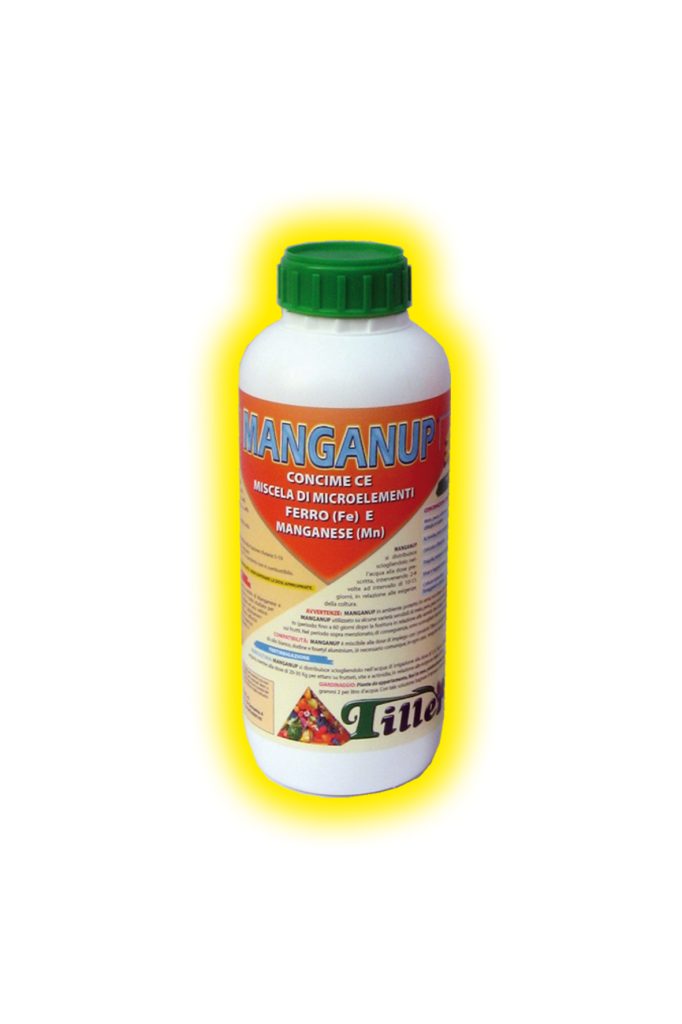| Foliar application | Dose per hl of water | Dose per hectar |
|
Apple, peach, apricot, and plum |
g 120-150 |
kg 1,5 |
|
Actinidia, pear and citrus |
g 150-200 |
kg 1,5-2 |
|
Horticultural and floricultural |
g 80-120 |
kg 1 |
|
Strawberry, melon, water melon and pumkin |
g 100-120 |
kg 1 |
|
Nursery and lawns |
g 150-180 |
kg 1,5-2 |
|
Industrial, arboreal and cereal crops |
– |
Kg 1-1,5 |
MANGANUP must be dissolved in the water at the indicated dosage. Carry out 2-4 applications at 10-15 day intervals according to crops needs.


